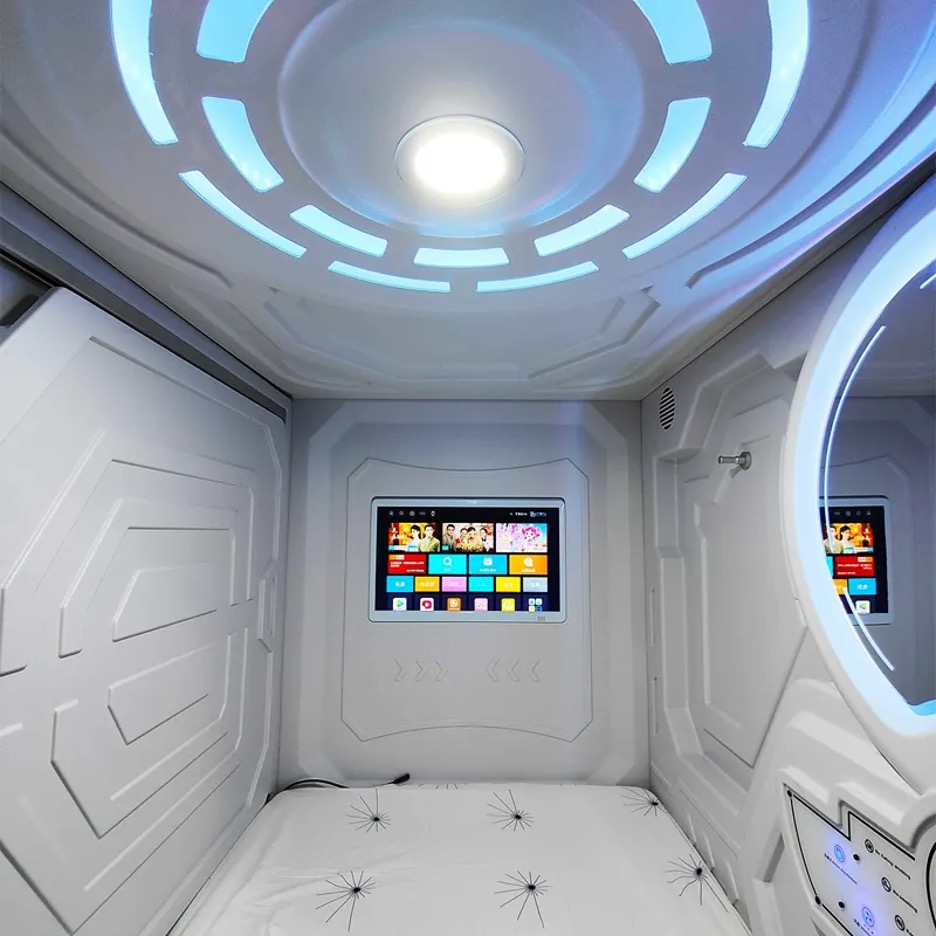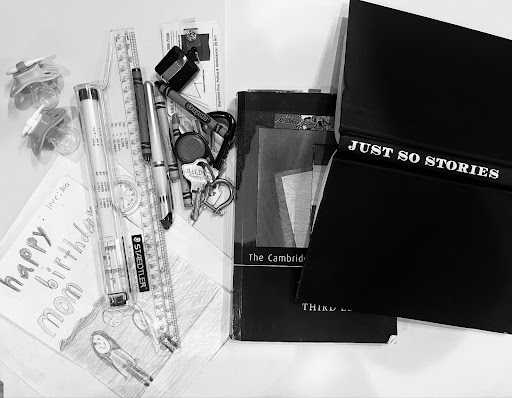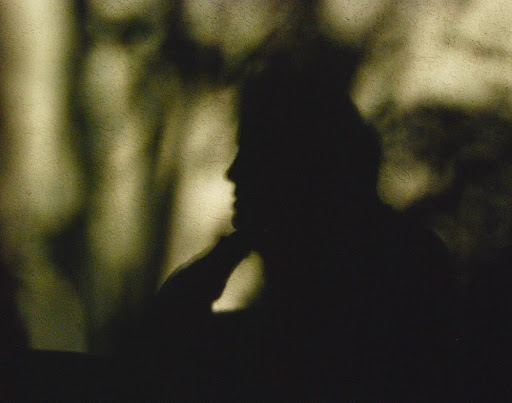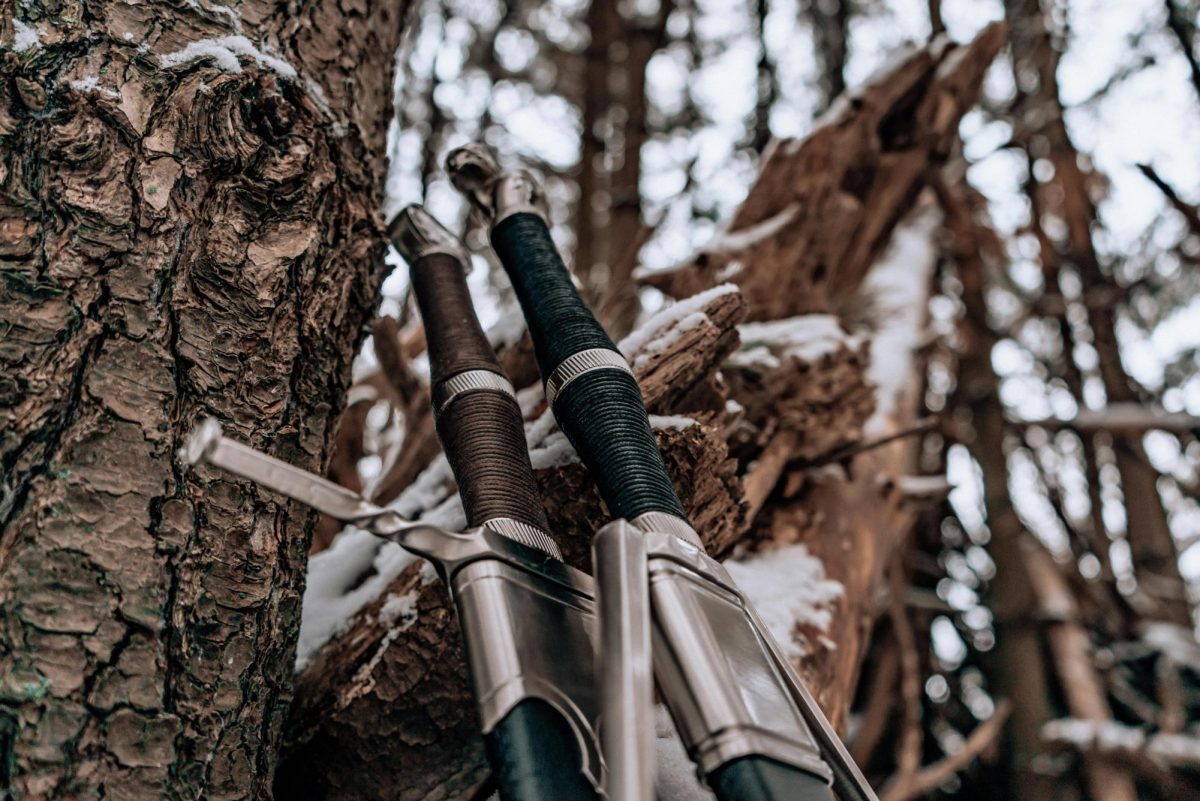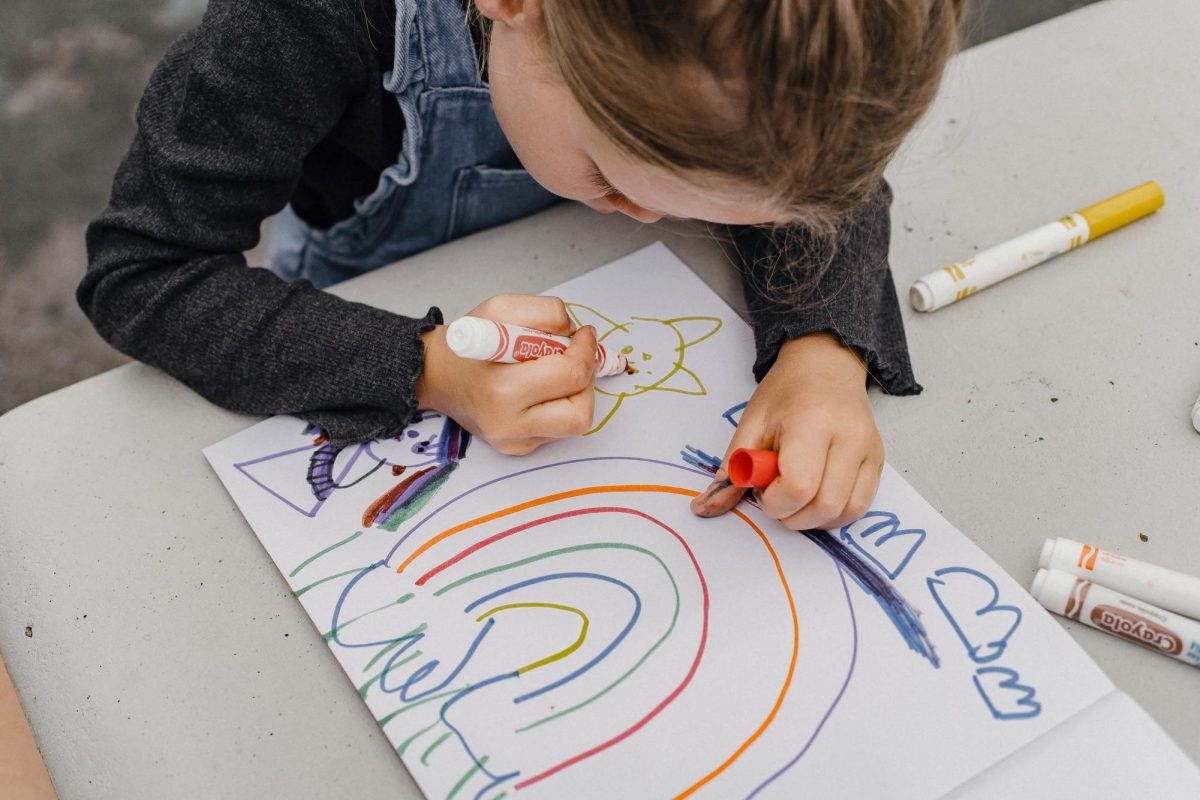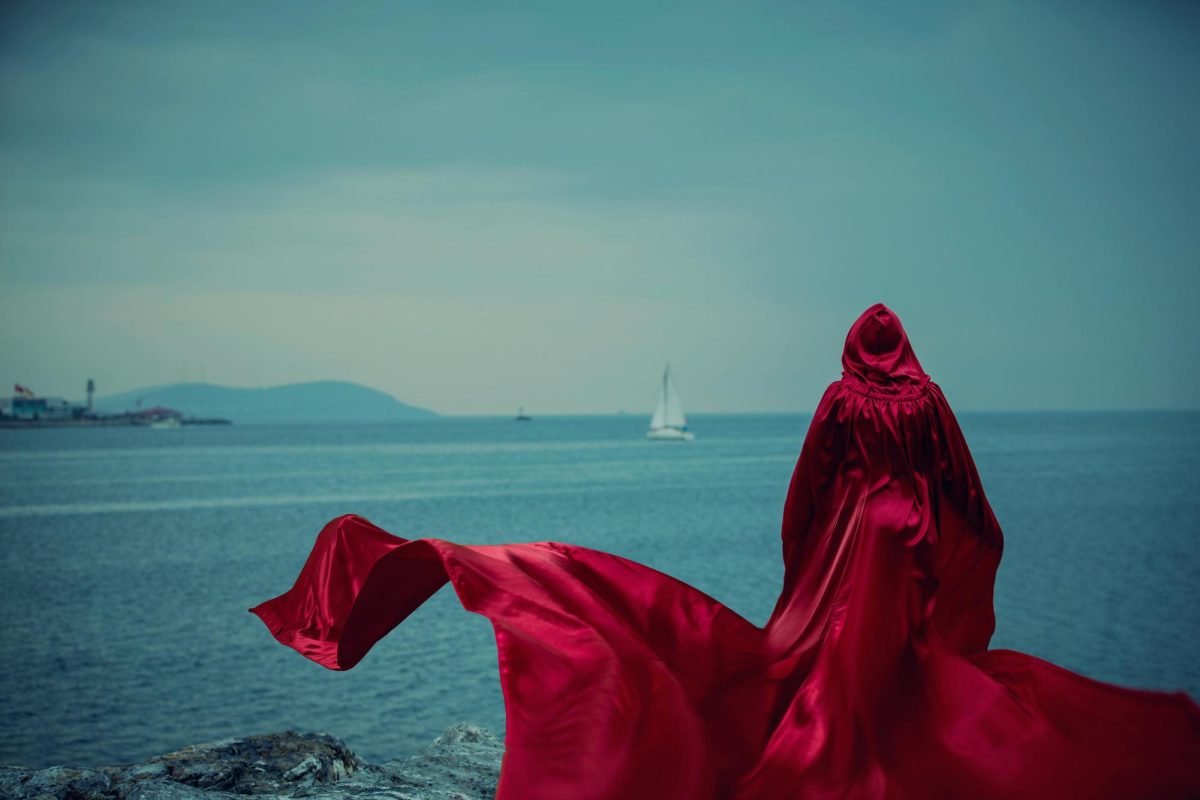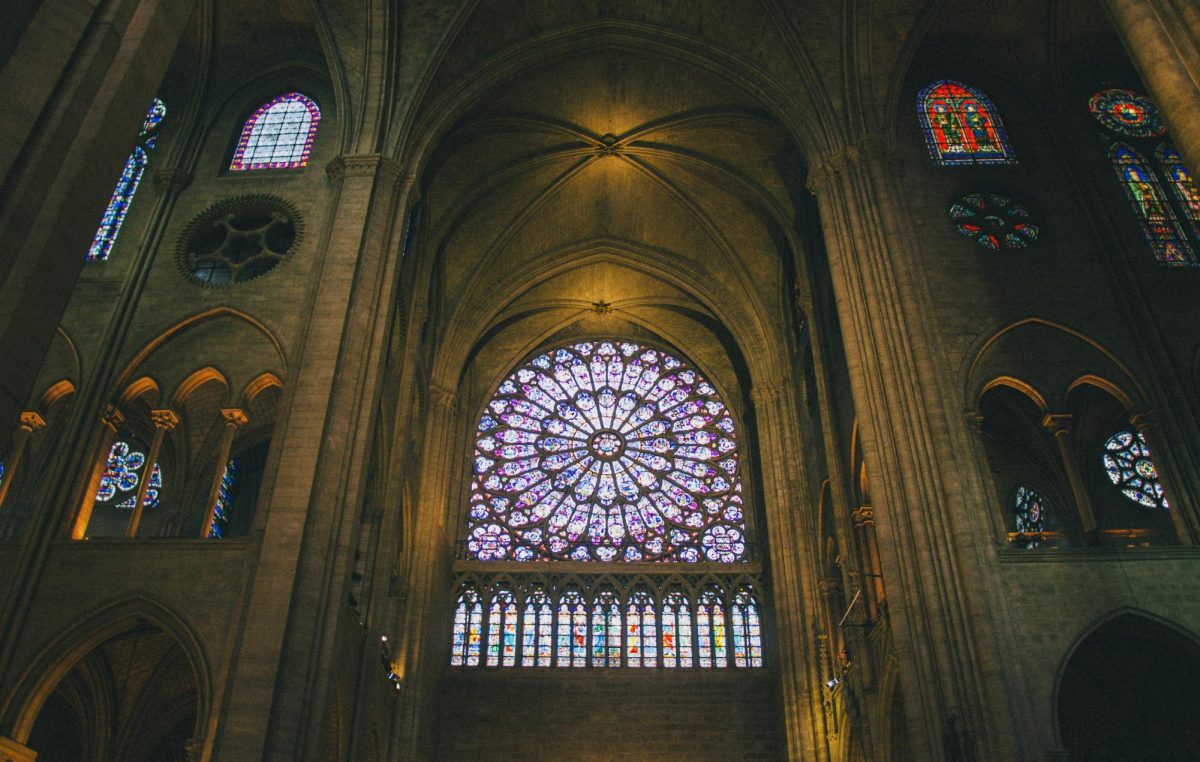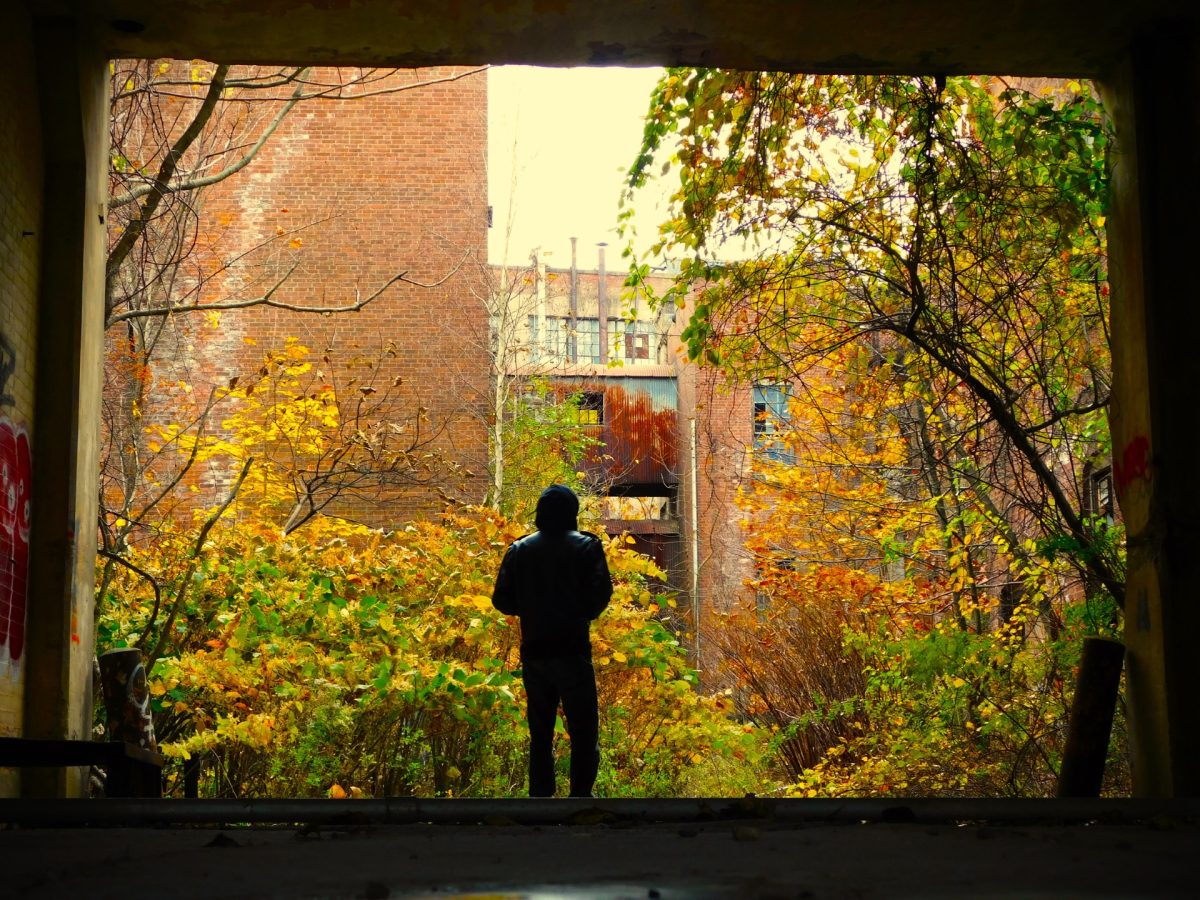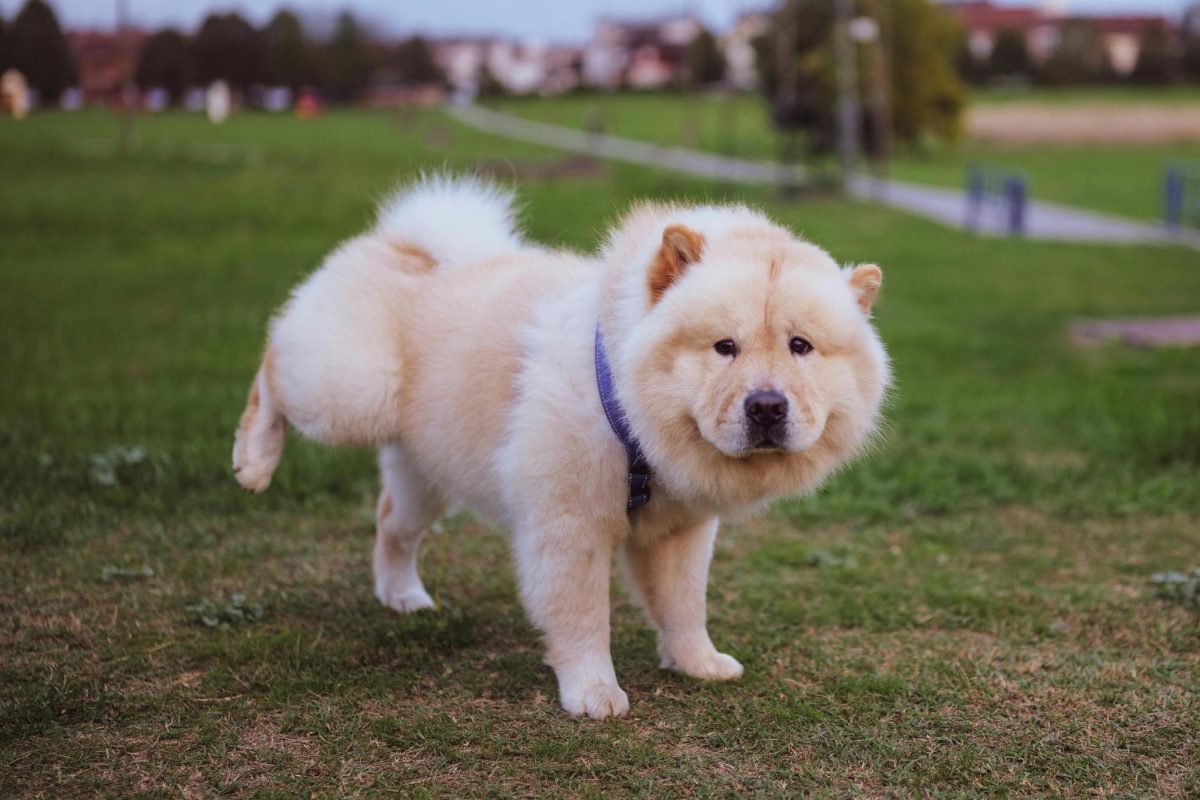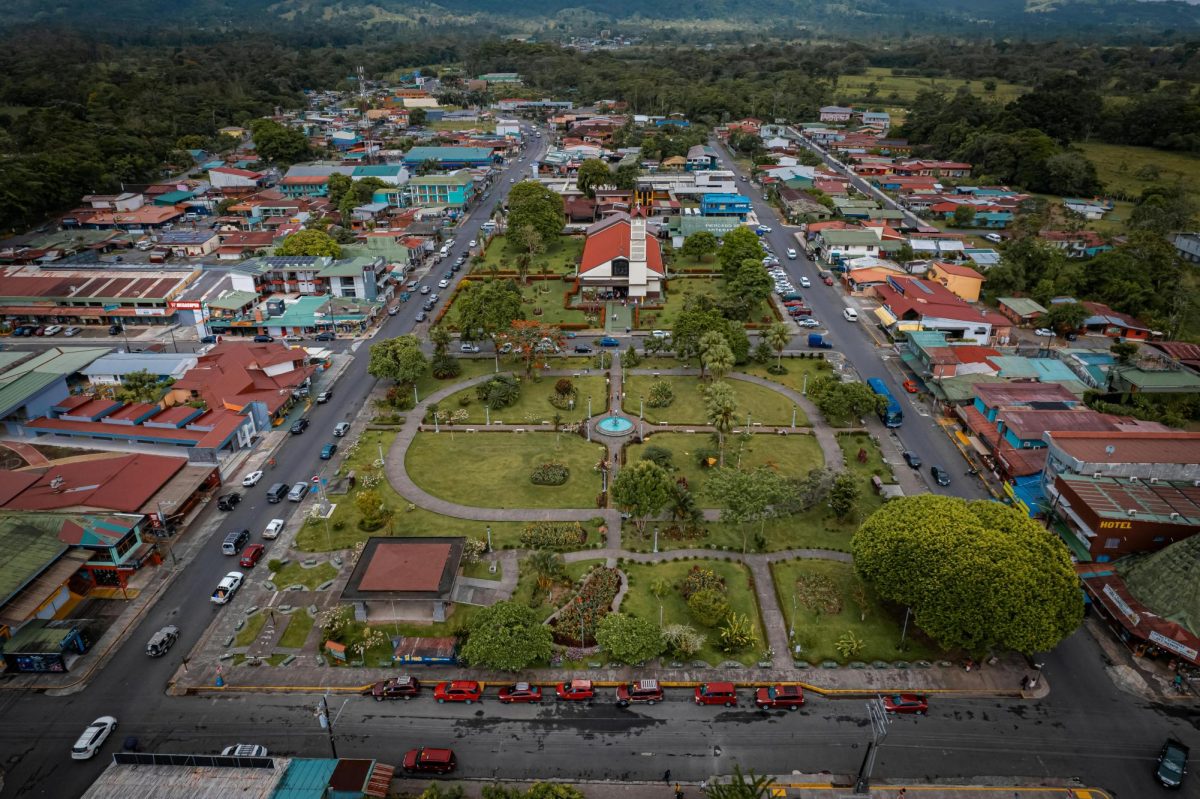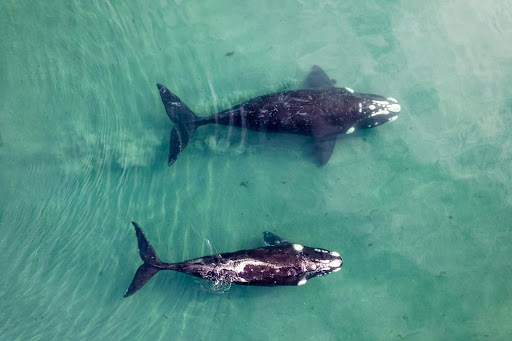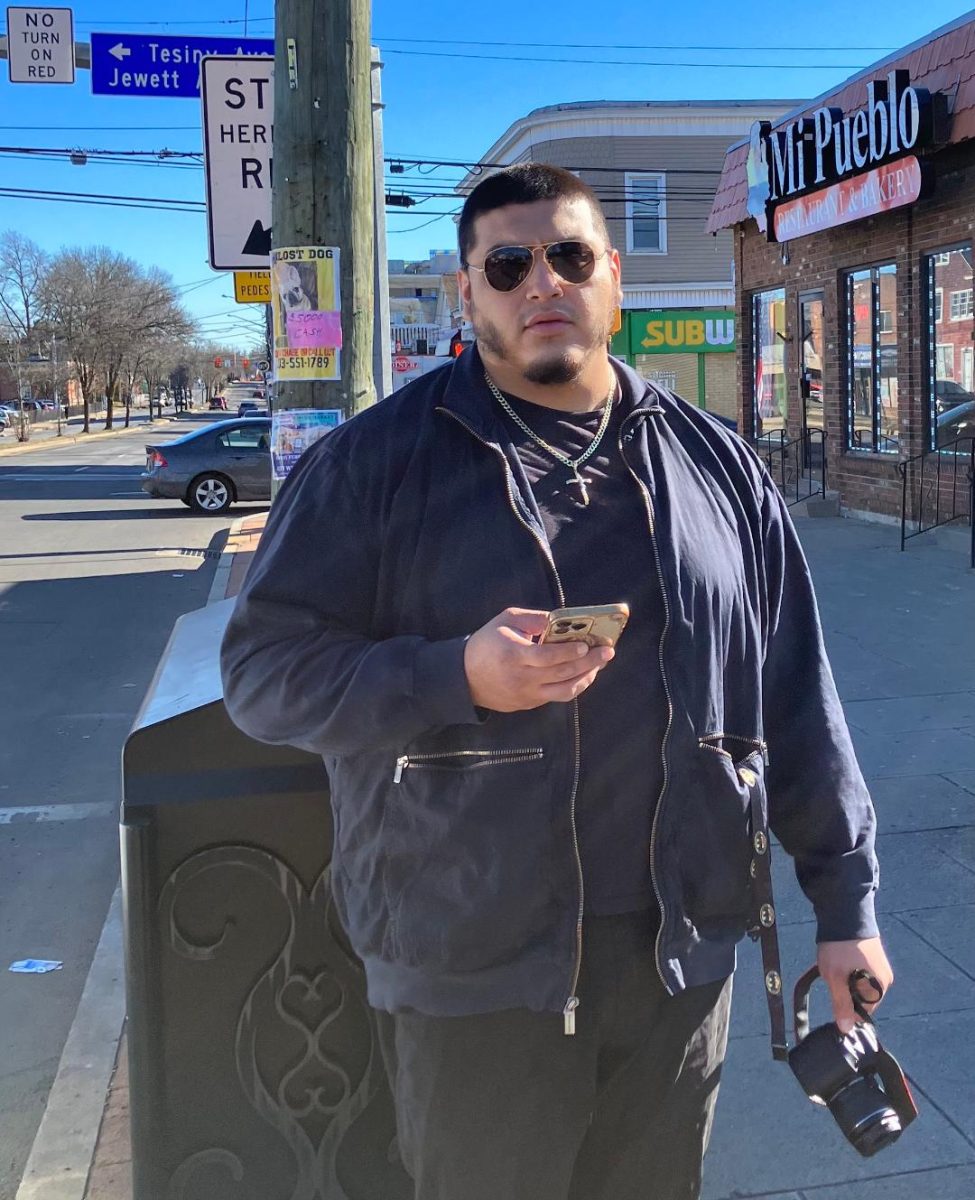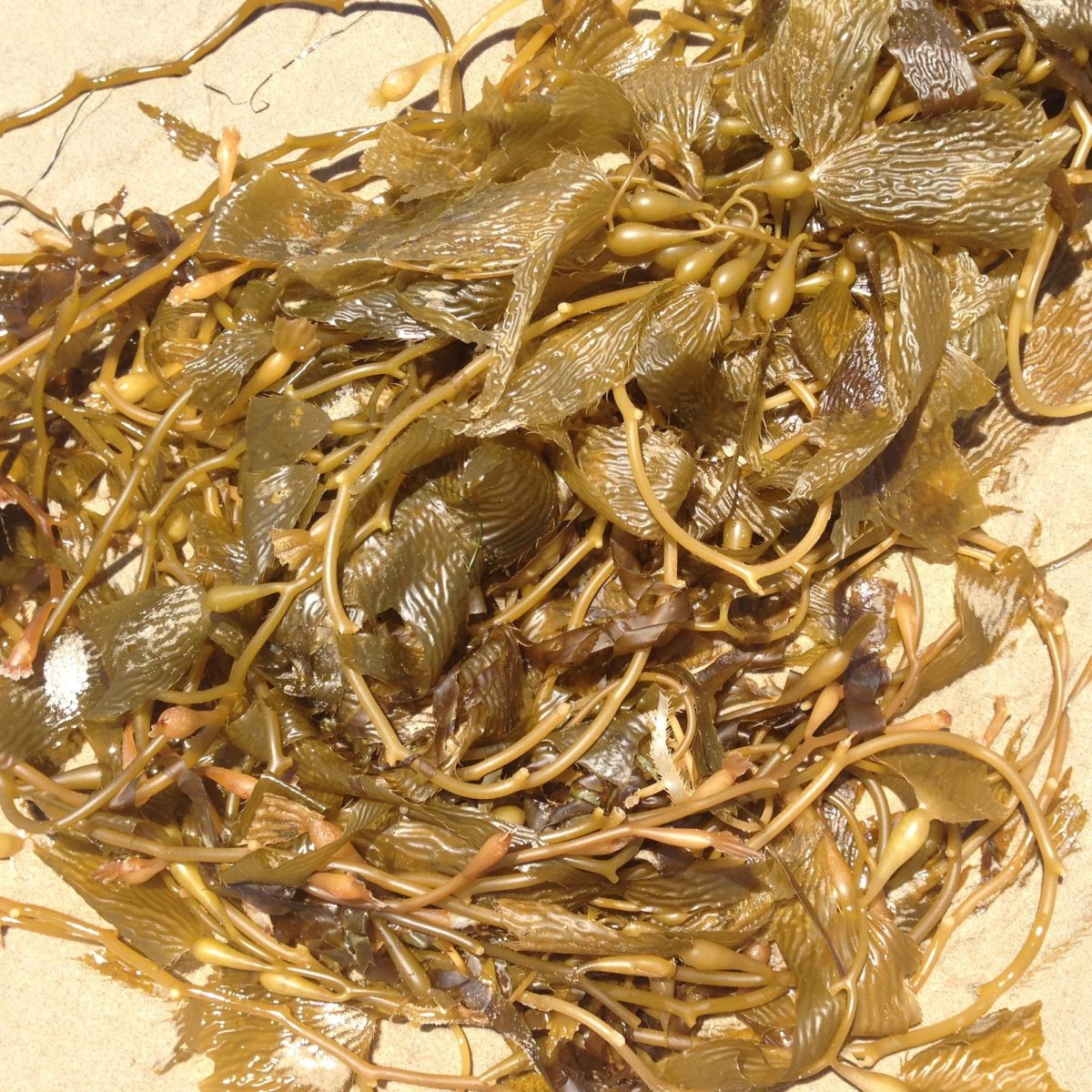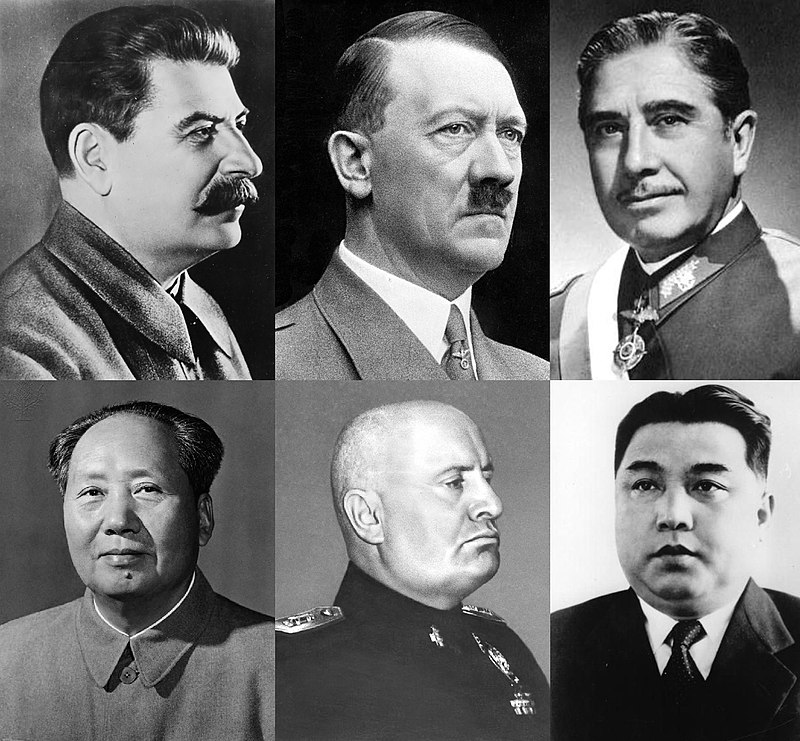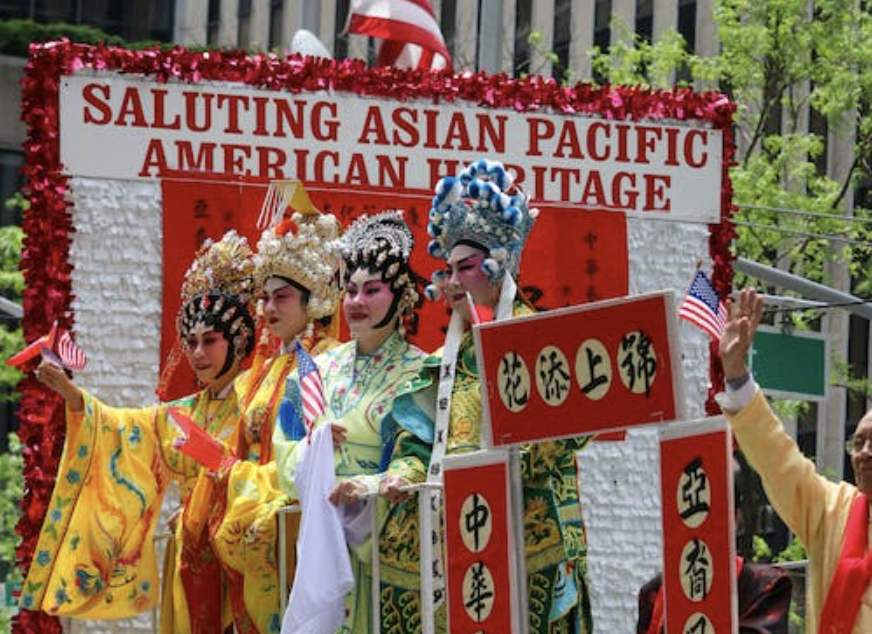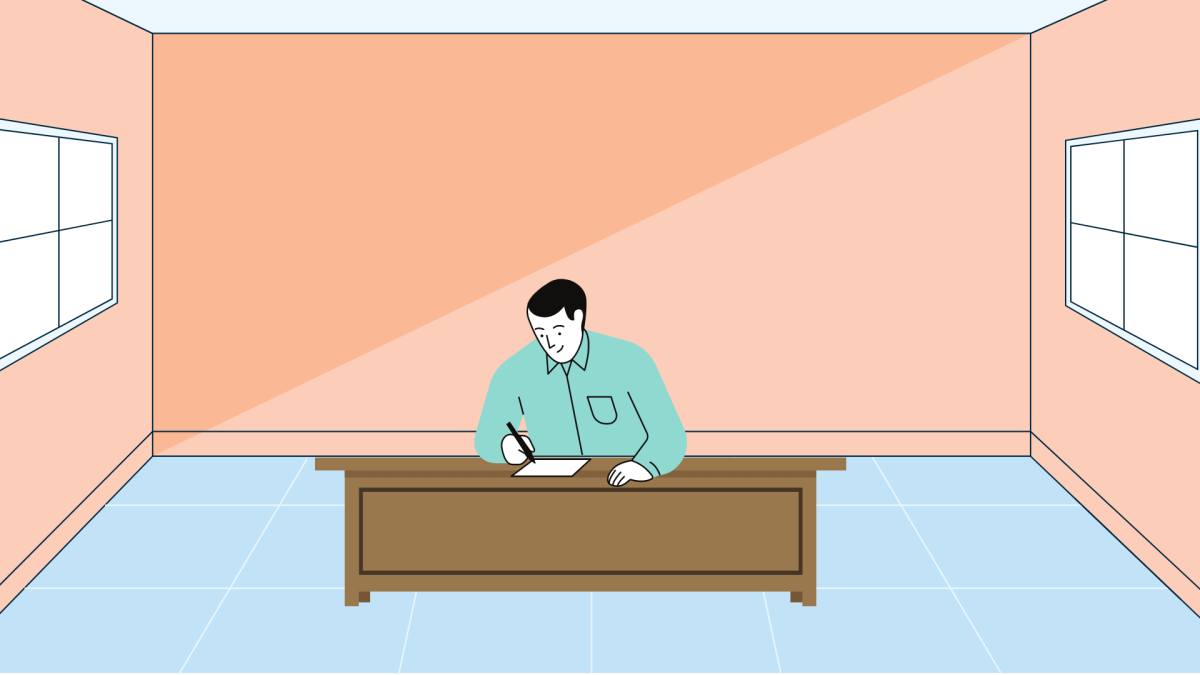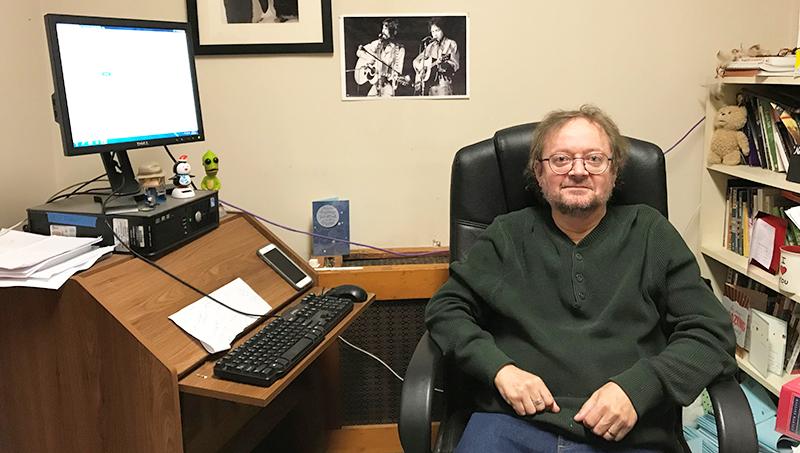The planet we live in has vast oceans and terrific landscapes; mountains that rise above the clouds and caverns that etch their way down towards the deepest points of the Earth’s surface. Gemstones litter the rocky walls of these caverns while water rushes above, crashing down with tremendous force, smoothing the rocks surface and creating more of nature’s beauty. Thus the cycle continued, forming the world that we are part of today.
The Earth has given us such a beautiful home, but we as human beings tend to overlook what we have in hopes of gaining more. My home, situated in northern New Jersey, has a vast forest surrounding a small town. It is centered around one of the most beautiful lakes I have ever seen, but why has it taken me until now, studying abroad in Prato, Italy, to discover what beauty already surrounded me?
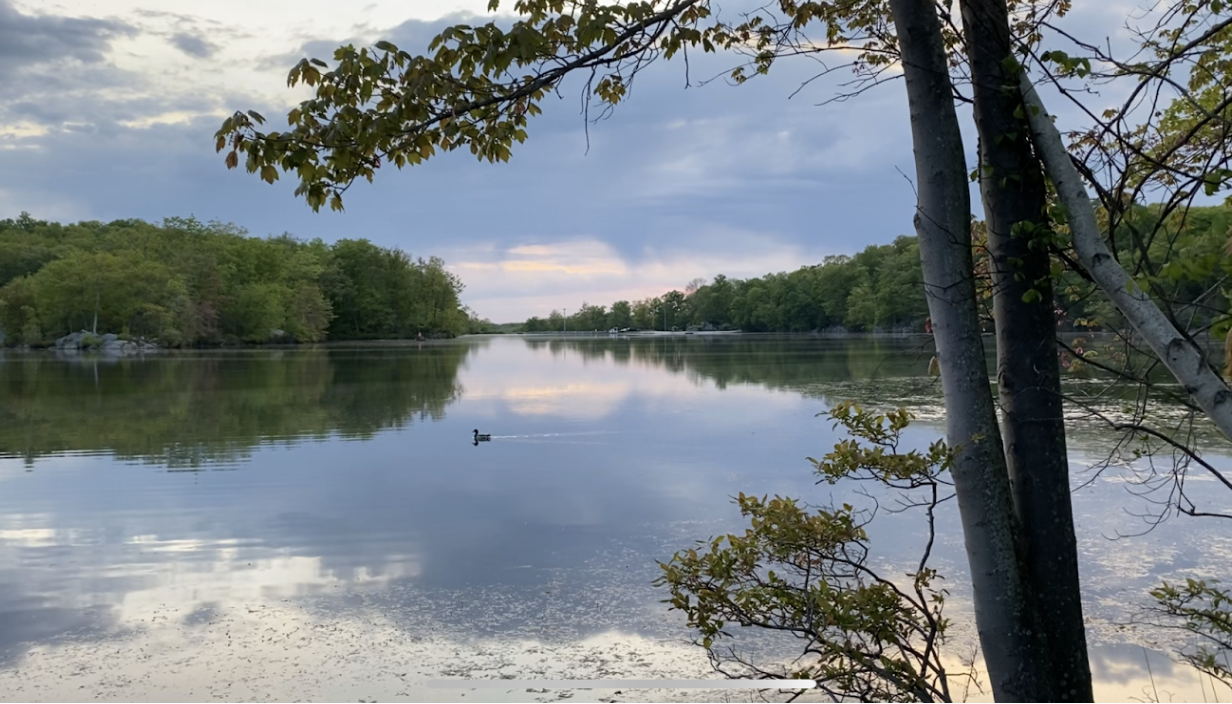
The lake serves as a safe haven for much of the local wildlife, such as the duck pictured above. The local community works together to maintain and keep the lake clean for both the people and wildlife.
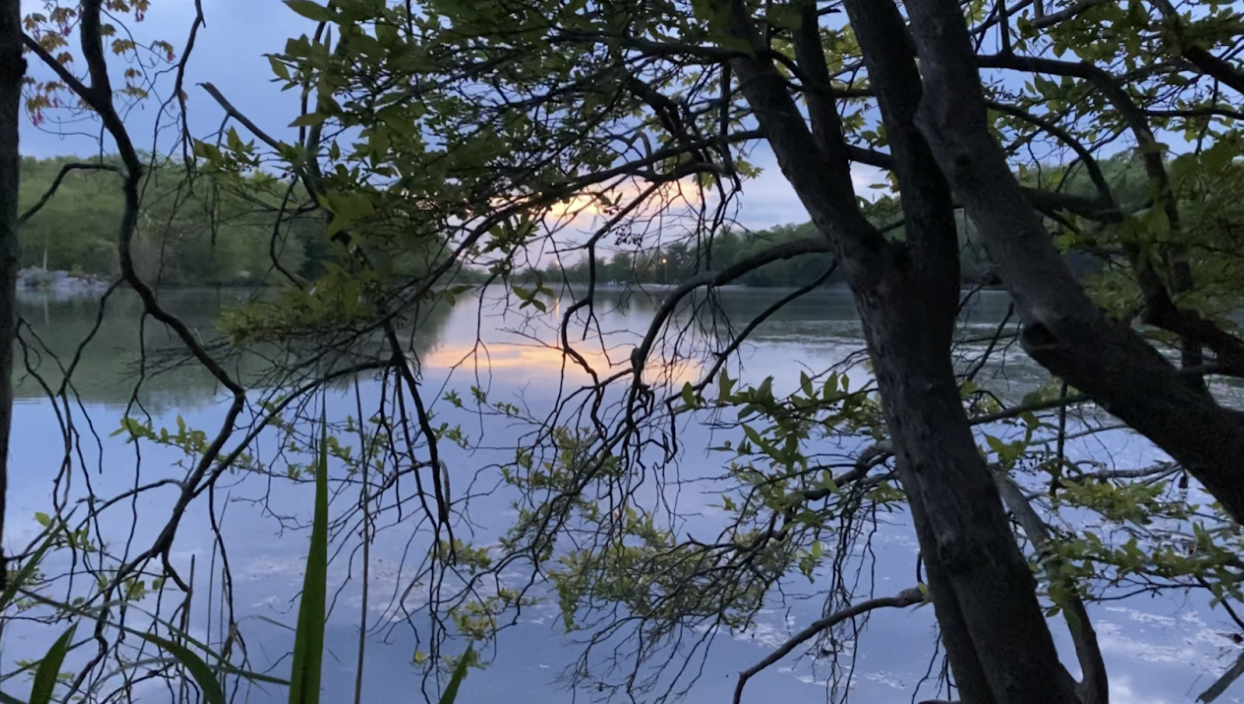
This is the lake at sundown.
All throughout Tuscany you can find massive renaissance structures filled with frescos that hold meaning within the walls of each city. These buildings have stood for hundreds of years, each holding their own individual beauty that the local people admire while marveling at the impressive feats of their ancestors. When a tourist, or in my case, a student, ventures out beyond their borders and into the permeable walls of another, I find that we compare the beauty of the world we know and live in to that of what others hold, often times growing envious of the magnificent feats of architecture or art that we hold no claim to.
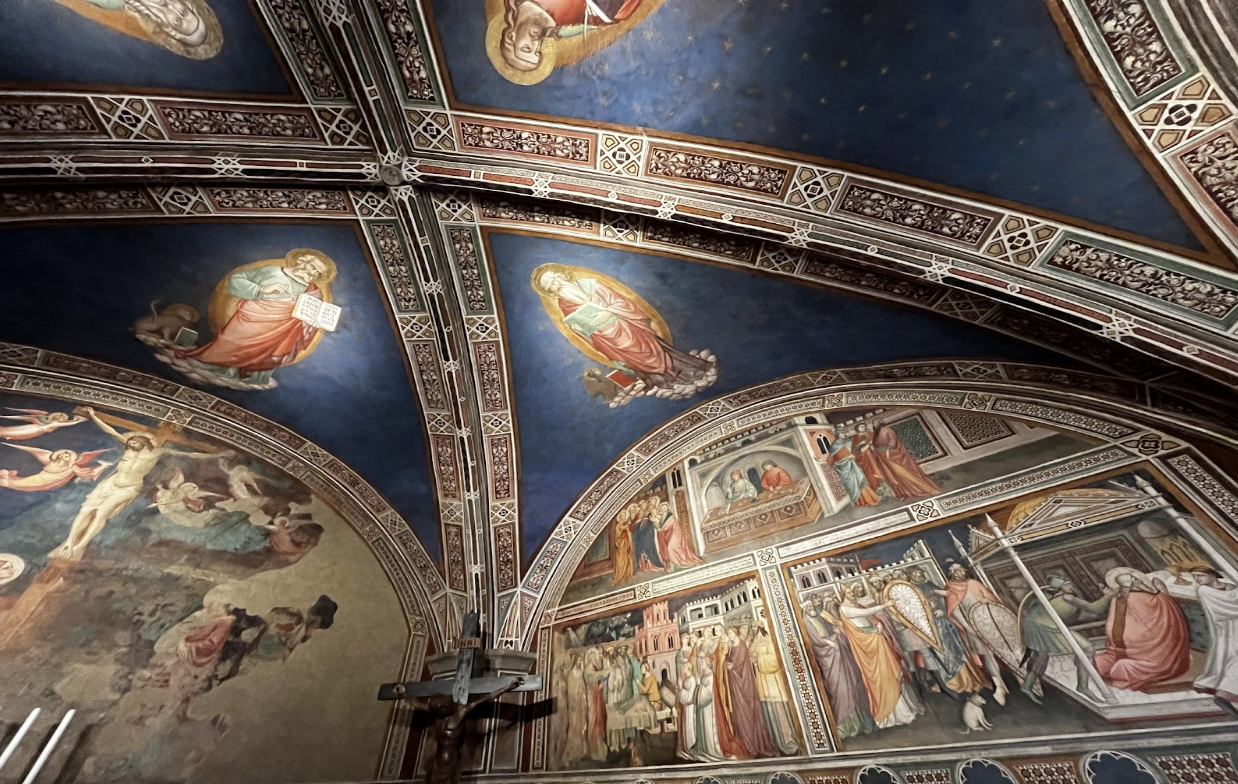
In the city of Prato, as I am surrounded by the livelihood of others, I hold a sense of entitlement to take a look into what the lives of these normal humans look like, of their challenges in life as though I could understand the hardships faced at a time that is not my own. The great merchants, like Francesco Datini, or the religious figures that paved a period of growth and learning, like Saint Francis, all spent time here, formed bonds, made memories. But now they are remembered only by their material mark on the world; marks which have been changed and manipulated to suit modern times and modern events.
At what point within the human lifespan do we return the respect that the Earth has given us? At which point did we decide that the material world is better than the natural world? To entertain the belief that any of the remnants of buildings or ancient artwork add beauty to what had already been here long before the first man took his steps would be ignorant. We should not be ignoring the ruin and destruction that sits behind each stroke of the pen or each brick placed in cement.
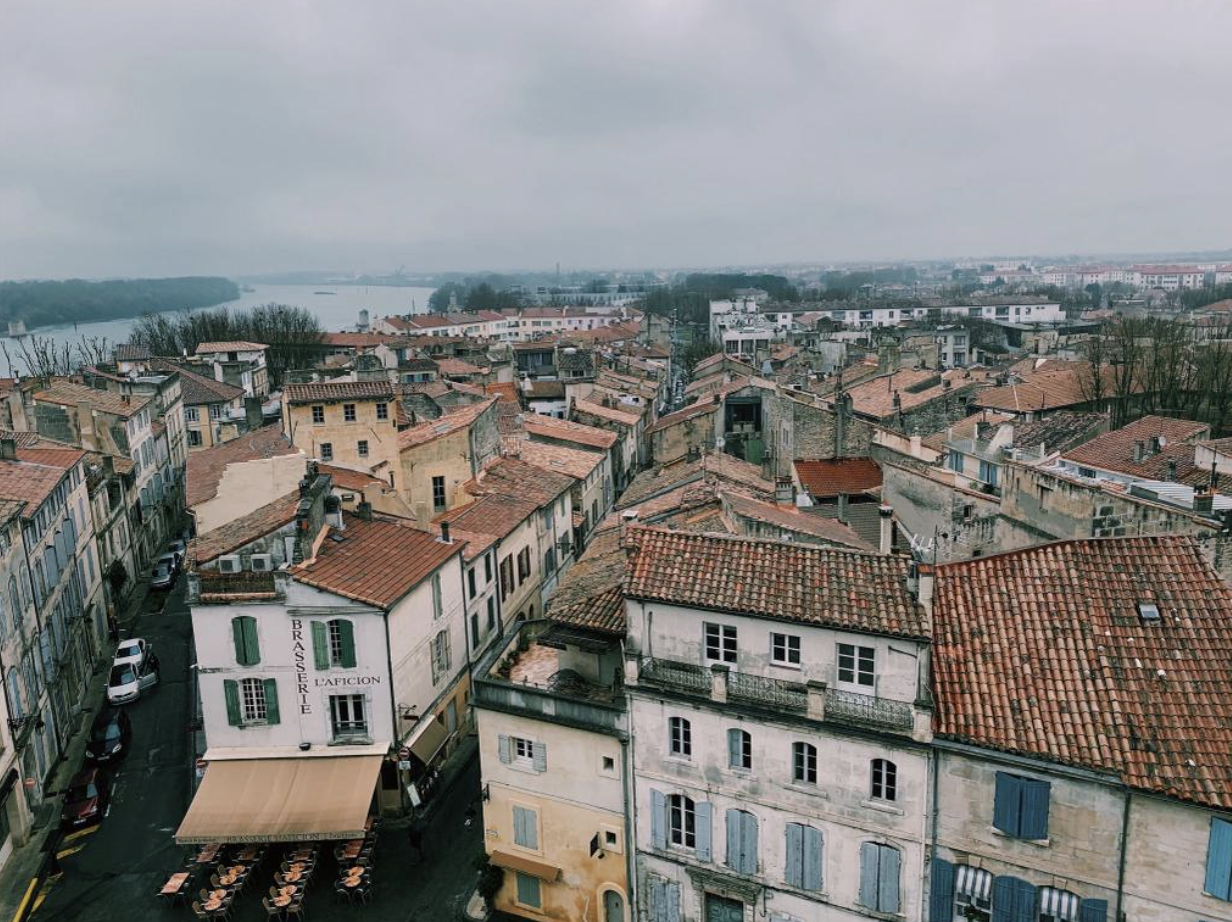
The city of Prato. Photo courtesy of Horseshoe Magazine/Ashley Sullivan.
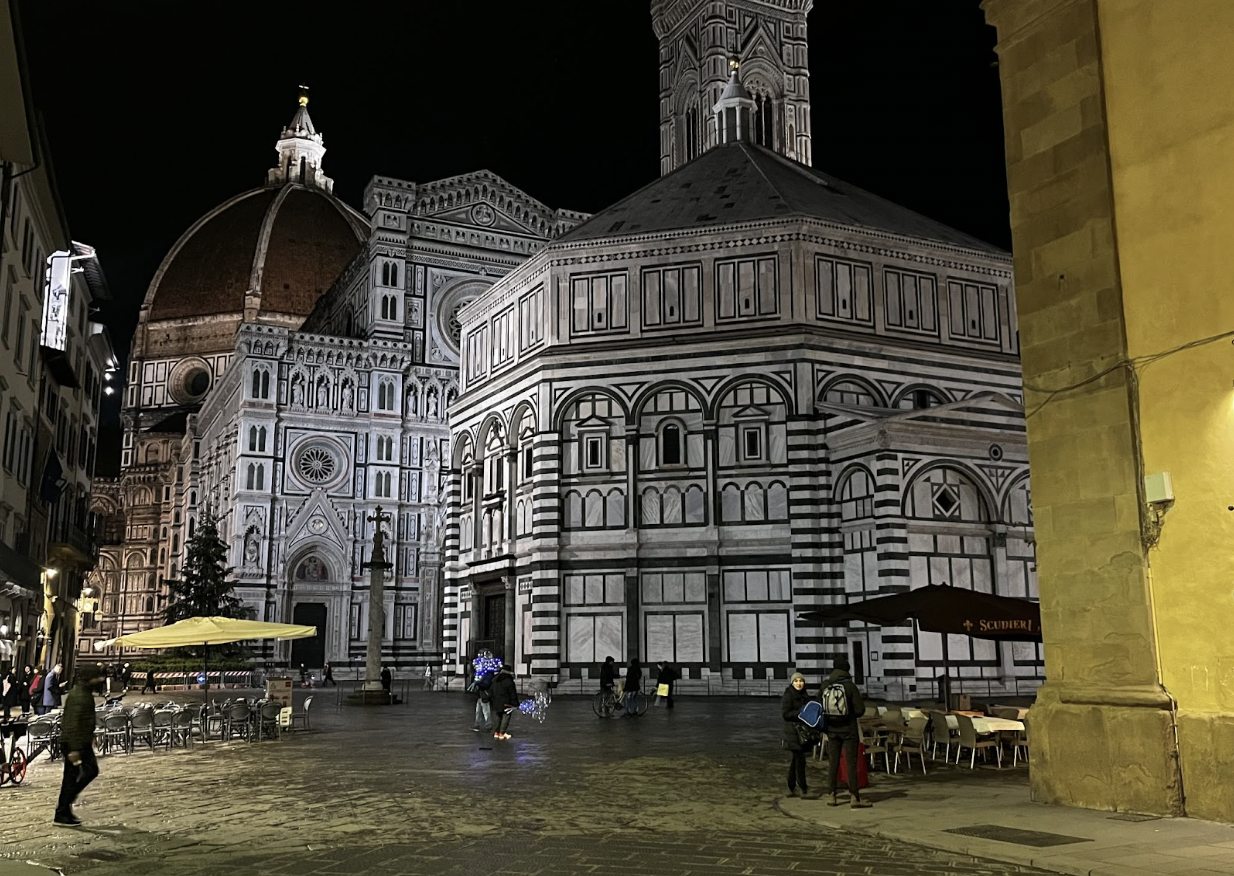
The Duomo in Florence. Photo courtesy of Horseshoe Magazine/Stephen Gangi.
Recognizing what we have already obtained in life, and appreciating the rest allows us a chance to achieve the greatest reward there is: happiness.

